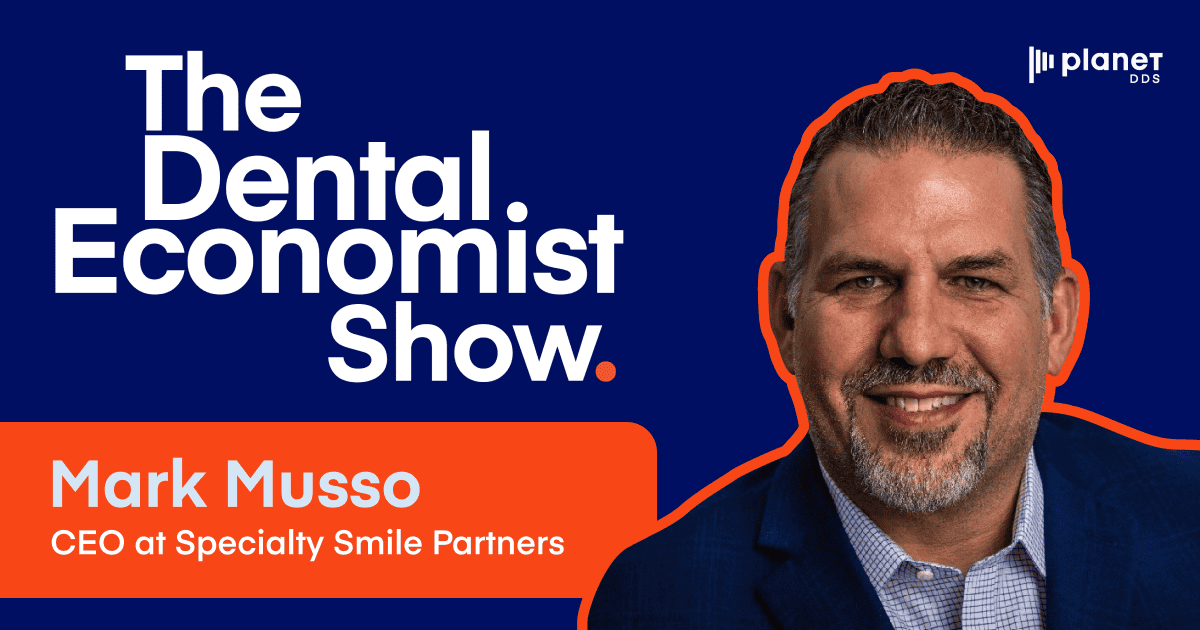Building a Resilient Practice: How You Can Prevent Burnout for Dental Office Employees

One year ago today, on March 11, 2020, the COVID-19 crisis was officially declared a pandemic. This past year has challenged dental practices and employees in unprecedented ways. This article will look at how the pandemic has affected employees, the cost of burnout on organizations, and what strategies practice owners and leaders can use to reduce and prevent burnout for employees.
Burnout: How Bad is It?
According to a recent study on the state of burnout and well-being during COVID-19, an overwhelming percentage of employees are feeling the effects of burnout on multiple fronts:
– 89% of employees said their work-life is worse
– 85% of employees said their overall well-being has declined
– 56% of employees said their job demands have increased
– 62% of employees who were struggling to manage their workloads had experienced burnout “often” or “extremely often” in the previous three months.
Other study results indicated that employees who scored very high on feelings of exhaustion and cynicism were having a severe disruption in their relationship with work.
According to research from Gallup, the most-cited reason for burnout and decrease in well-being is overwork. While many industries are notorious for long hours, even pre-pandemic, the pandemic has brought on new challenges for employees. Childcare options became limited, and distance learning for children became the norm. According to the Center of American Progress, women are four times more likely to drop out of the labor force than men, with Black, Latinx, and Indigenous women experiencing this the most acutely.
A Very Expensive Problem to Have
First, what is burnout? In 2019, the World Health Organization (WHO) recognized burnout as an occupational phenomenon or syndrome. The WHO says burnout is caused by “chronic workplace stress that has not been successfully managed.” Factors such as excessive workloads, unreasonable time pressures, lack of job control, work-life imbalance, unfair treatment, and lack of good leadership can lead to burnout.
At the individual level, burnout can cost employees their mental and physical health and well-being. Burnout can also cause financial and family strain. At the organizational level, the costs are also staggering. Employees who experience burnout are 63% more likely to take sick days, more than 2.5x more likely to leave their jobs and have lower productivity rates. Across organizations, these cumulative costs can have a devastating effect on a company’s bottom line.
Even before the pandemic, a 2019 WHO study found that an estimated $1 trillion is lost in productivity globally each year because of burnout. In the United States, the American Psychological Association found that workplace stress costs the US economy more than $500 billion. Each year, 550 million workdays are lost due to stress on the job.
As employees experience burnout, they are 2.6x more likely to resign from their jobs. According to Deloitte, the cost to replace an employee is between 1.5-2x their annual salary. According to research by PricewaterhouseCoopers, if your company has a high turnover rate, your turnover-related costs can exceed 40% of your company’s income. Even for companies with average turnover rates, costs can still reach more than 12% of your company’s pre-tax income.
What Can Employers Gain from Happy Employees
Of course, the opposite of a burned-out employee is the inspired employee. According to a recent study, employees can be classified into four categories: dissatisfied, satisfied, engaged, and inspired. Starting at a productivity level of 100 for satisfied employees, the study found that a dissatisfied employee had a productivity score of 71 while the inspired employee scored at 225!
In other words, it would take 2.25 satisfied employees to generate the same productivity output as a single inspired employee. Or, in an even more extreme example, it would take more than three dissatisfied employees to replace just one inspired employee.
So, what distinguishes companies that have burned-out employees versus those that don’t? The answer lies in how well companies manage their organization. Much like dental hygiene is a consistent habit that helps maintain oral health, preventing burnout requires a system designed to help manage employee workload and work relationships.
How You Can Protect Your Scarcest Resource: Human Capital
It’s easy to shift the burden of coping with burnout on employees. While individuals may benefit from self-care activities such as yoga, meditation, or exercise, these band-aid solutions do not change their workload or their workplace culture. That’s because the root cause of burnout does not actually lie with the individual but with the organization. So, it follows that leaders must take the initiative to make improvements at the organizational level to prevent burnout for their employees.
According to psychologists Christina Maslach and Michael Leiter, there are five leading causes of burnout:
- Unfair treatment
- Unmanageable workload
- Lack of role clarity
- Lack of communication/support from the manager
- Unreasonable time pressures
Here are six lessons you can apply to prevent burnout for the employees of your dental practice.
- Fulfilling work: making work fulfilling is essential to preventing burnout. These can come in the form of financial rewards from salaries and bonuses and emotional rewards such as making sure employees are being acknowledged and appreciated for their work.
- Autonomy: with COVID, individuals are feeling less control over their lives and their jobs. Giving employees choices, welcoming their input, and allowing greater autonomy in their work can also significantly improve job satisfaction.
- Fairness and transparency: with more interactions taking place over video and less certainty about job security, leaders should take steps to increase transparency rather than keep quiet and let employees speculate about decisions being made behind closed doors. To increase fairness, practices can provide clear and reasonable goals and metrics for their employees. To increase transparency, practices can schedule regular one-on-one meetings, company-wide updates, and departmental meetings for improved dialogue.
- Reasonable workload: excessive workload is the number one factor in workplace burnout. It may be time to reevaluate what is a reasonable workload, find ways to automate certain tasks or reduce repetitive tasks.
- Sense of Community: humans are hardwired to seek belonging. Maintaining a sense of community among employees has become even more critical during the pandemic as employees have an increased need for community and support. Practice owners and leaders can be intentional in their effort to foster a sense of community by instituting morning huddles to allow cross-departmental teams to engage. Asking feedback from employees to find out what’s working and what’s not will provide valuable information for leaders and enable employees to be involved in improving the workplace.
- Consistent Values: employees need to feel that their organization’s values are aligned with their work environment. In short, employees will be disillusioned if they perceive their leadership as being hypocrites. So, take time to consider if the work environment you’re creating is aligned with your practice’s core values.
Learn How to Reduce Burnout While Increasing Productivity
Interested in learning how Denticon can help you reduce burnout for your employees while increasing your practice’s productivity? Learn about our automations and how Denticon can significantly reduce repetitive tasks for your practice. Sign up for a free demo!



